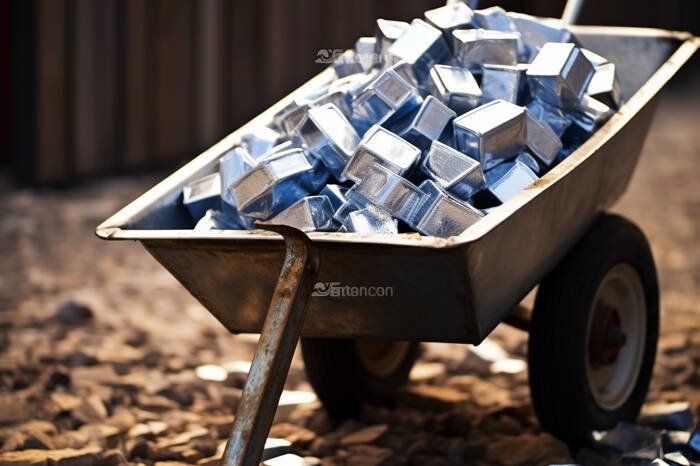Gold/Silver Ratio Realigns as Speculators Adjust Positions
Traders recalibrated the gold/silver ratio, trimming gold exposure after its sharp fall below the $3318.50 pivot. Silver’s losses were comparatively modest, suggesting that the gold market had become overbought relative to silver. This divergence hints at relative strength in silver, though it remains vulnerable if broader bearish sentiment persists across metals.
Silver has now closed below its 50-day moving average for four consecutive sessions, cementing that level as near-term resistance. While some speculative buyers have stepped in near the 61.8% Fibonacci retracement at $32.19, a break below this level could open the door to deeper losses toward $31.45 and $31.21—the latter being the 200-day moving average and a key long-term support.
A major boost in the U.S. dollar—up 1.7% against the yen and 1.5% against the Swiss franc—fueled the metals decline. The surge followed a 90-day tariff truce between the U.S. and China, a move that reduced geopolitical risk and triggered an unwind in safe-haven positioning. The dollar index touched a one-month high, compounding the downside in precious metals by making them more expensive for non-dollar buyers.
FX strategist Kenneth Broux of Societe Generale noted that the dollar had lagged the recovery in equities and bonds, and is now undergoing a broader catch-up rally. With U.S. Treasuries and stocks rebounding, silver’s appeal as a defensive asset has weakened in the short term.
Global Tensions Cool Further, Limiting Safe-Haven Demand
Adding to the bearish pressure, geopolitical tensions have eased globally. Ceasefire agreements between India and Pakistan, and diplomatic signals between Ukraine and Russia, have reduced the need for hedging geopolitical risk through metals like silver and gold. This broad softening in global tension further undercuts silver’s safe-haven bid.





